Soft robot to swim through Europa's oceans
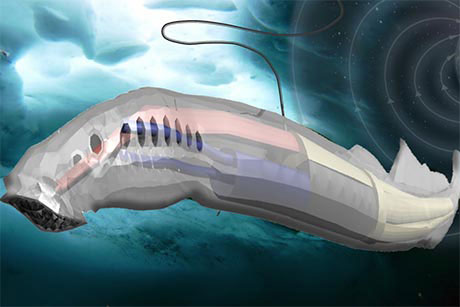 An amphibious robot that can swim through the oceans of distant moons and planets could be the next iteration of self-sustaining, robotic space exploration.
An amphibious robot that can swim through the oceans of distant moons and planets could be the next iteration of self-sustaining, robotic space exploration.
May 13th, 2015
Read more
 Subscribe to our Space Exploration News feed
Subscribe to our Space Exploration News feed
 An amphibious robot that can swim through the oceans of distant moons and planets could be the next iteration of self-sustaining, robotic space exploration.
An amphibious robot that can swim through the oceans of distant moons and planets could be the next iteration of self-sustaining, robotic space exploration.
May 13th, 2015
Read more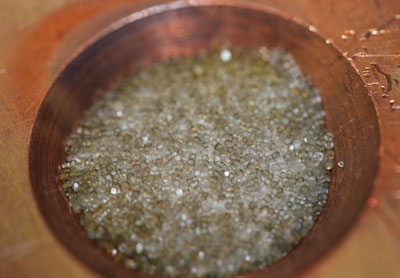 NASA laboratory experiments suggest the dark material coating some geological features of Jupiter's moon Europa is likely sea salt from a subsurface ocean, discolored by exposure to radiation. The presence of sea salt on Europa's surface suggests the ocean is interacting with its rocky seafloor - an important consideration in determining whether the icy moon could support life.
NASA laboratory experiments suggest the dark material coating some geological features of Jupiter's moon Europa is likely sea salt from a subsurface ocean, discolored by exposure to radiation. The presence of sea salt on Europa's surface suggests the ocean is interacting with its rocky seafloor - an important consideration in determining whether the icy moon could support life.
May 12th, 2015
Read more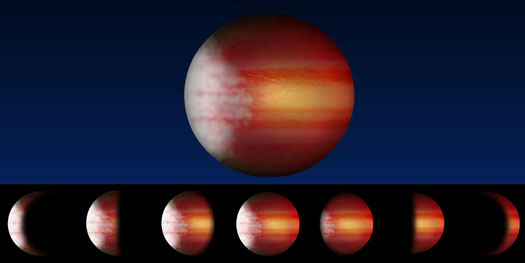 New study uses Kepler data to find evidence of daily weather cycles on exoplanets.
New study uses Kepler data to find evidence of daily weather cycles on exoplanets.
May 12th, 2015
Read more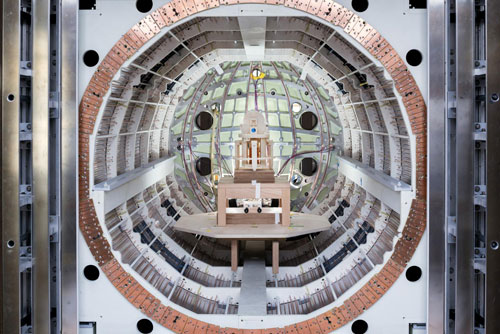 Record-smashing new shield creates a large volume with a magnetic field even smaller than that found in the depths of outer space, making certain types of searches for physics beyond the Standard Model possible for the first time.
Record-smashing new shield creates a large volume with a magnetic field even smaller than that found in the depths of outer space, making certain types of searches for physics beyond the Standard Model possible for the first time.
May 12th, 2015
Read more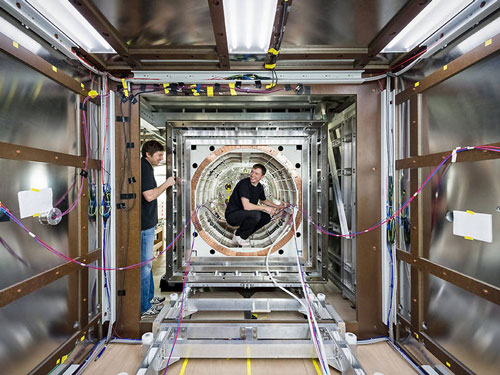 Magnetic fields easily penetrate matter. Creating a space practically devoid of magnetic fields thus presents a great challenge. An international team of physicists has now developed a shielding that dampens low frequency magnetic fields more than a million-fold. Using this mechanism, they have created a space that boasts the weakest magnetic field of our solar system.
Magnetic fields easily penetrate matter. Creating a space practically devoid of magnetic fields thus presents a great challenge. An international team of physicists has now developed a shielding that dampens low frequency magnetic fields more than a million-fold. Using this mechanism, they have created a space that boasts the weakest magnetic field of our solar system.
May 12th, 2015
Read moreNASA has released the agency's 2015 technology roadmaps laying out the promising new technologies that will help NASA achieve its aeronautics, science and human exploration missions for the next 20 years, including the agency's journey to Mars.
May 11th, 2015
Read moreZero-gravity experiments can tell us a great deal about the effects of temperature change on the concentrations of three different liquids that are mixed together.
May 11th, 2015
Read more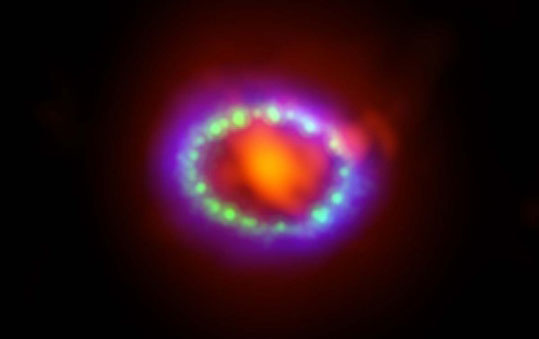 New results from the NASA NuSTAR telescope show that a supernova close to our galaxy experienced a single-sided explosion.
New results from the NASA NuSTAR telescope show that a supernova close to our galaxy experienced a single-sided explosion.
May 9th, 2015
Read more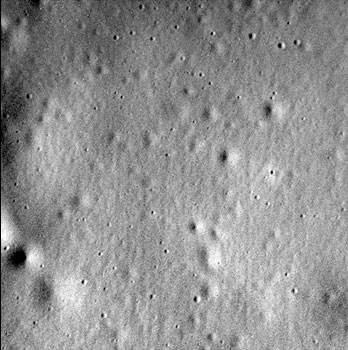 New data from MESSENGER, the spacecraft that orbited Mercury for four years before crashing into the planet a week ago, reveals Mercury's magnetic field is almost four billion years old. The discovery helps scientists piece together the history of Mercury, the closest planet to the sun and one about which we knew very little before MESSENGER.
New data from MESSENGER, the spacecraft that orbited Mercury for four years before crashing into the planet a week ago, reveals Mercury's magnetic field is almost four billion years old. The discovery helps scientists piece together the history of Mercury, the closest planet to the sun and one about which we knew very little before MESSENGER.
May 7th, 2015
Read more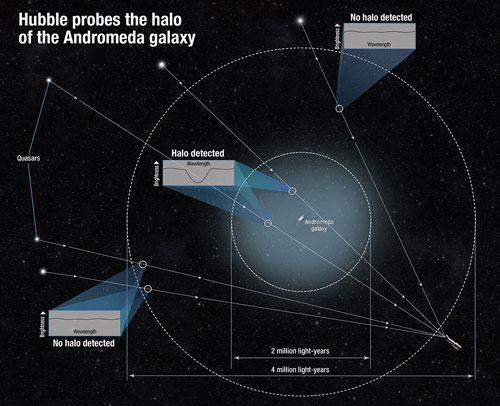 Scientists using NASA's Hubble Space Telescope have discovered that the immense halo of gas enveloping the Andromeda galaxy, our nearest massive galactic neighbor, is about six times larger and 1,000 times more massive than previously measured. The dark, nearly invisible halo stretches about a million light-years from its host galaxy, halfway to our own Milky Way galaxy.
Scientists using NASA's Hubble Space Telescope have discovered that the immense halo of gas enveloping the Andromeda galaxy, our nearest massive galactic neighbor, is about six times larger and 1,000 times more massive than previously measured. The dark, nearly invisible halo stretches about a million light-years from its host galaxy, halfway to our own Milky Way galaxy.
May 7th, 2015
Read more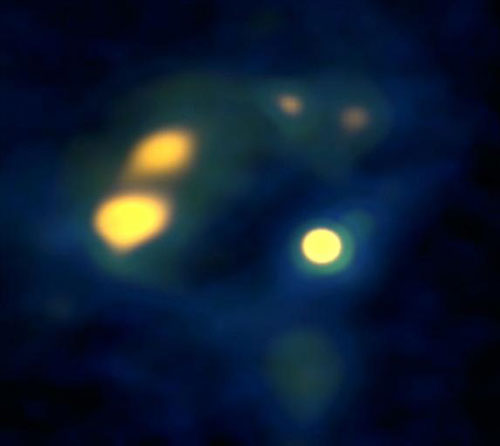 Astronomers using the Atacama Large Millimeter/submillimeter Array (ALMA) have discovered what may be the first known example of a globular cluster about to be born: an incredibly massive, extremely dense, yet star-free cloud of molecular gas.
Astronomers using the Atacama Large Millimeter/submillimeter Array (ALMA) have discovered what may be the first known example of a globular cluster about to be born: an incredibly massive, extremely dense, yet star-free cloud of molecular gas.
May 7th, 2015
Read more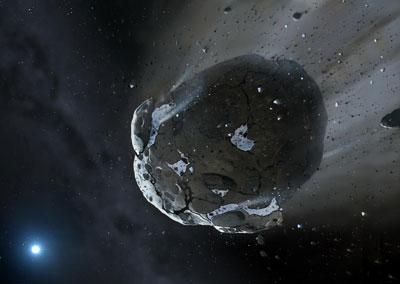 Water delivery via asteroids or comets is likely taking place in many other planetary systems, just as it happened on Earth, new research strongly suggests.
Water delivery via asteroids or comets is likely taking place in many other planetary systems, just as it happened on Earth, new research strongly suggests.
May 7th, 2015
Read more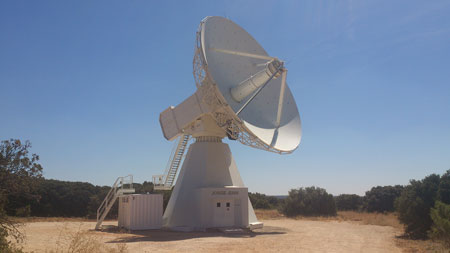 Researchers have developed a very sensitive high frequency amplifier for radio telescopes used on Earth. The amplifier generates extremely little internal electromagnetic noise and will help measure our planet from space more precisely than ever before.
Researchers have developed a very sensitive high frequency amplifier for radio telescopes used on Earth. The amplifier generates extremely little internal electromagnetic noise and will help measure our planet from space more precisely than ever before.
May 6th, 2015
Read more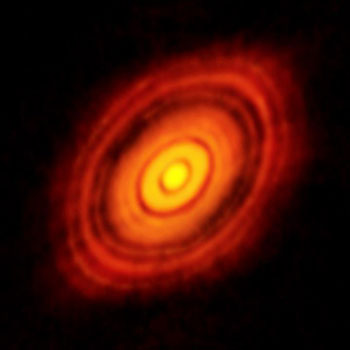 A recent and famous image from deep space marks the first time we've seen a forming planetary system. A team of astrophysicists found that circular gaps in a disk of dust and gas swirling around the young star HL Tau are in fact made by forming planets.
A recent and famous image from deep space marks the first time we've seen a forming planetary system. A team of astrophysicists found that circular gaps in a disk of dust and gas swirling around the young star HL Tau are in fact made by forming planets.
May 5th, 2015
Read more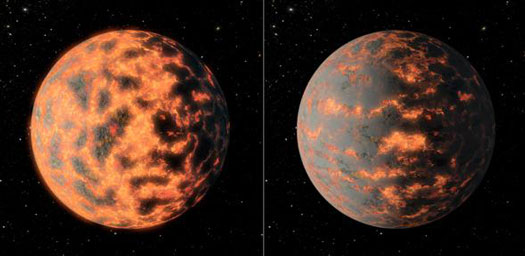 Astronomers have detected wildly changing temperatures on a super Earth - the first time any atmospheric variability has been observed on a rocky planet outside the solar system - and believe it could be due to huge amounts of volcanic activity, further adding to the mystery of what had been nicknamed the 'diamond planet'.
Astronomers have detected wildly changing temperatures on a super Earth - the first time any atmospheric variability has been observed on a rocky planet outside the solar system - and believe it could be due to huge amounts of volcanic activity, further adding to the mystery of what had been nicknamed the 'diamond planet'.
May 5th, 2015
Read more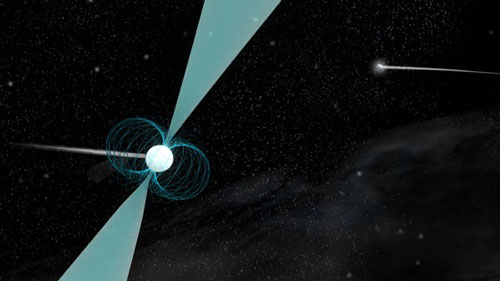 A team of highly determined high school students discovered a never-before-seen pulsar by painstakingly analyzing data from the Robert C. Byrd Green Bank Telescope (GBT). Further observations by astronomers using the GBT revealed that this pulsar has the widest orbit of any around a neutron star and is part of only a handful of double neutron star systems.
A team of highly determined high school students discovered a never-before-seen pulsar by painstakingly analyzing data from the Robert C. Byrd Green Bank Telescope (GBT). Further observations by astronomers using the GBT revealed that this pulsar has the widest orbit of any around a neutron star and is part of only a handful of double neutron star systems.
May 1st, 2015
Read more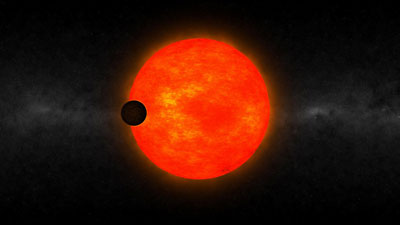 The discovery of a strange exoplanet orbiting very close to a small cool star 500 light years away is challenging ideas about how planets form.
The discovery of a strange exoplanet orbiting very close to a small cool star 500 light years away is challenging ideas about how planets form.
May 1st, 2015
Read more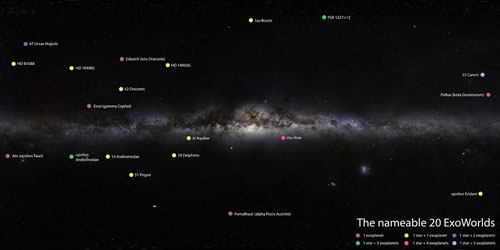 The NameExoWorlds contest, organised by the IAU and Zooniverse, is now entering its next stage. The 20 most popular ExoWorlds have been made available for naming proposals from registered clubs and non-profit organisations.
The NameExoWorlds contest, organised by the IAU and Zooniverse, is now entering its next stage. The 20 most popular ExoWorlds have been made available for naming proposals from registered clubs and non-profit organisations.
Apr 30th, 2015
Read more